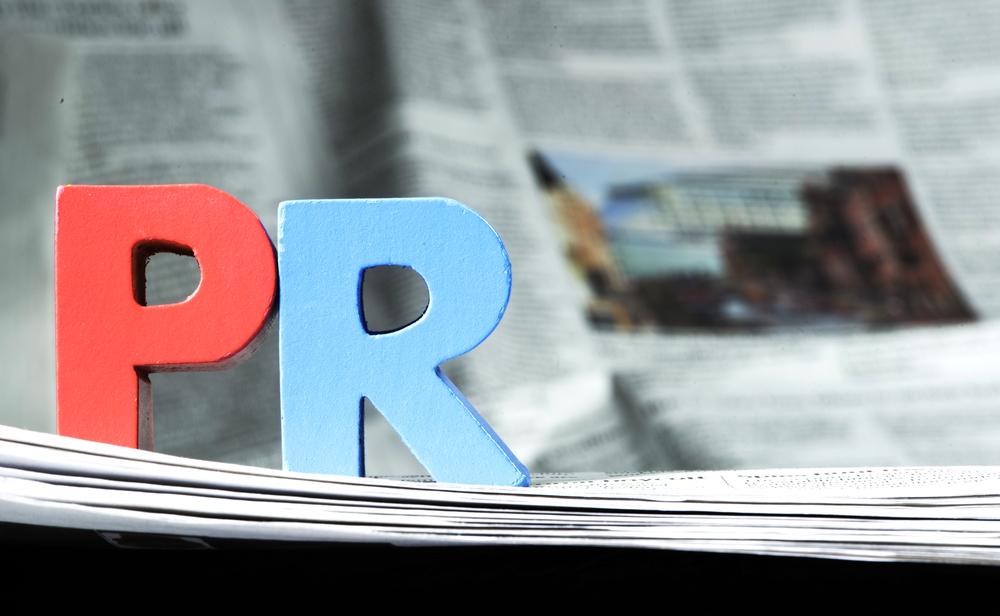The 5 “W’s” of Storytelling in PR

Everyone loves a good story. We remember them, connect emotionally with stories and pass them on.
Understanding the value, companies like Nike engage “corporate storytellers,” to keep the company’s history alive and relevant to new employees.
Telling your story is integral to tapping into consumer’s emotions and luring them your way. Let’s break down the art of storytelling into the five W’s.
What: Storytelling means sharing what makes your product or service unique in order to make an emotional connection with potential consumers. Stories aren’t always in writing. Photos and videos tell stories, too, and visual information is processed by our brains 60,000 times faster than text.
A good story doesn’t just list the distinguishing features. It also conveys the advantages and benefits of those features in a way that makes people want to experience them. A good story goes beyond just your business.
Why: As people go through the stages of making a purchase, they want to be entertained, inspired, and informed. Storytelling gives your business a personality – one that’s friendly and hospitable.
Who: Your story is best told by—or about—real people, not a faceless brand. Sure, the company founder can be your spokesperson, but so can any other employee. If you support a local charity, someone from that organization could talk about how your support makes a difference.
Where: You can tell your story on both print and digital platforms: brochures, direct mail pieces, website and blog, e-newsletters, and social media channels like Facebook, Twitter, Pinterest, Instagram, and YouTube.
When: It’s a balancing act, but you should strive to include stories within other marketing messages as frequently as possible. Create a series of personnel profiles in order to introduce one staff member every week. Tie your stories into holidays and special events. Take advantage of memes on social media, such as “Throwback Thursday,” to present a lighter look at your past.





